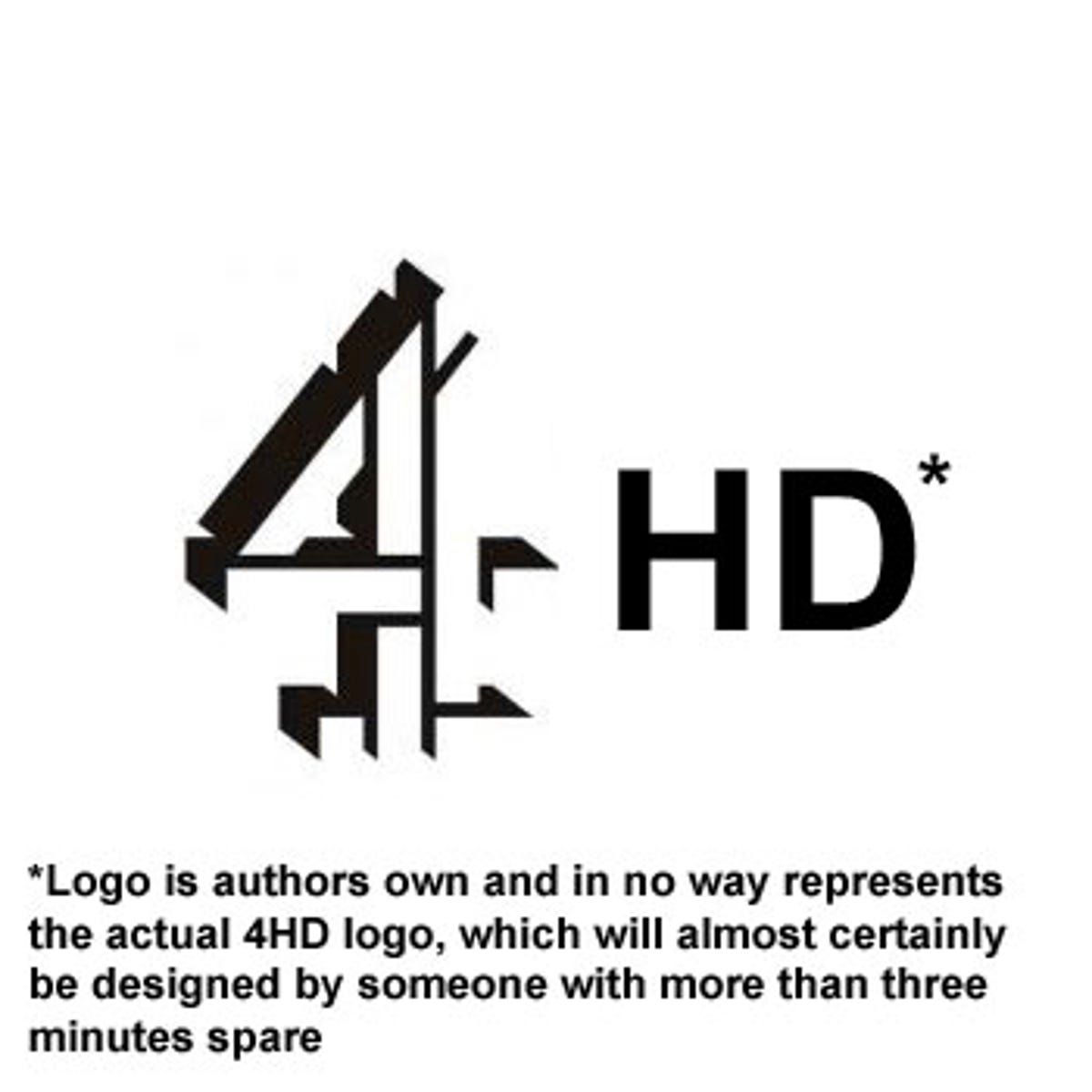
Now the era of the flat panel has arrived, we’re all falling in love with high-definition video. We’ve got games consoles, HD DVD and Blu-ray and some patchy TV services from the likes of Sky and Virgin Media. The problem is that Freeview has never been seen as a viable platform for high definition, because bandwidth is severely limited. What little space there is appears to be stuffed to the brim with cheap shopping channels.
So if we want hi-def via Freeview, what do we do that doesn’t involve storming bid-up tv and forcing it off the air? The BBC thinks it has a peaceful solution. Auntie’s R&D boffins have published a white paper in which they claim it’s possible to double the available bandwidth by using some clever technologies. Doubling the space would mean we could easily have HD channels on Freeview, although everyone would need to buy a new receiver and aerial to pick them up.
So how does it work? Well, Crave skipped some important physics lessons at school, but we’ve got the gist of it. Pay attention, here comes the science part: the signals are spatially multiplexed. Multiplexing isn’t really new, and indeed it’s already used in digital television for transmitting multiple channels on one frequency. These channels are multiplexed together into one stream of data, transmitted and then at the receiver they’re de-multiplexed and viewed as separate channels.
Spatial multiplexing allows you to send two bitstreams on one frequency. It works by sending the signals at different times. This means in addition to packing several channels into a bitstream, you can pack two bitstreams into one frequency. As long as the receiver can tell which one is which, it will be able to decode them into two separate bitstreams and from there decode them into the various channels.
The key to all this is something called MIMO, which stands for multiple-input multiple-output. MIMO works using two transmitters, and two receivers. The two transmitters mean the two sets of data — sent on the same frequency — will arrive at the receivers at different times. Different arrival times are what allow the receiver to differentiate between the two separate signals and subsequently decode them. The process is further assisted using polarisation. One bitstream is sent horizontally polarised, the other is vertically polarised — this makes the difference between the two bitstreams more obvious to the decoder, and makes separating the two lots of data much easier.
The BBC has conducted a small-scale test of this technology and has found that it does indeed double the available bandwidth. With that much extra space available, transmitting hi-def over Freeview would be a real possibility. Of course, we could still storm the shopping channels and force them off the air — it would be time and energy well spent. -Ian Morris







